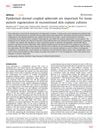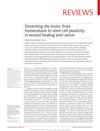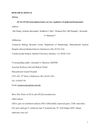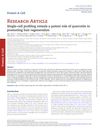Isolating Subpopulations of Human Epidermal Basal Cells Based on Polyclonal Serum Against Trypsin-Resistant CSPG4 Epitopes
December 2016
in “
Experimental cell research
”
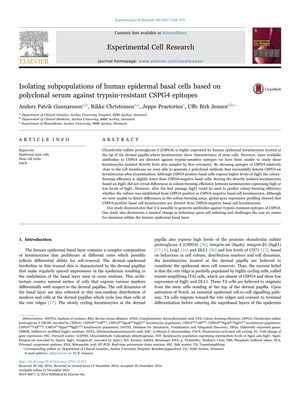
TLDR The research found a way to identify and study skin cells with stem cell traits, revealing they behave differently in culture and questioning current stemness assessment methods.
The study demonstrated the successful generation of a polyclonal antibody that detects CSPG4 on human epidermal keratinocytes after trypsinization, allowing for the study of these cells, which exhibit stem cell characteristics, directly isolated from skin samples. Although CSPG4-positive basal cells showed higher levels of Itgβ1, their colony-forming efficiency was slightly lower than that of CSPG4-negative cells, and sorting based on Itgβ1 levels did not initially reveal differences in colony-forming efficiency. However, after the first cell passage, Itgβ1 levels could predict colony-forming efficiency. Despite no differences observed in colony-forming assays, global gene expression profiling indicated that CSPG4-positive and CSPG4-negative basal cell keratinocytes are distinct populations. The findings highlight the potential change in cell behavior upon culturing and question the methods used to assess stemness in the human epidermal basal layer.

